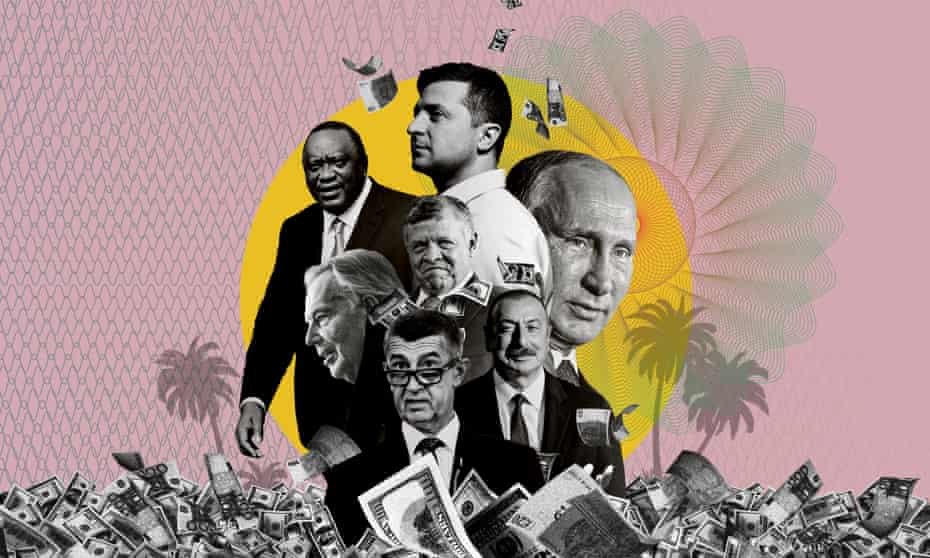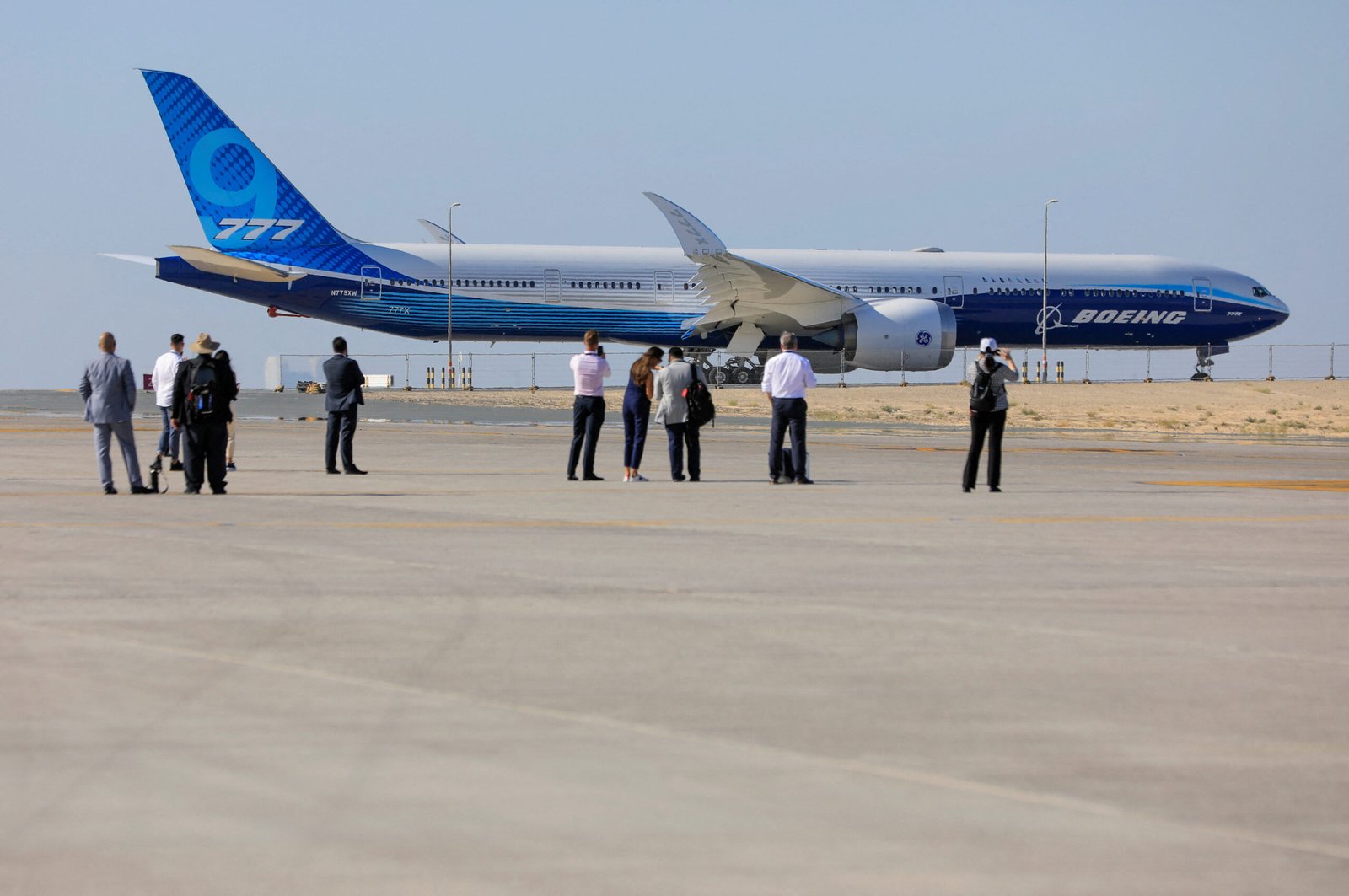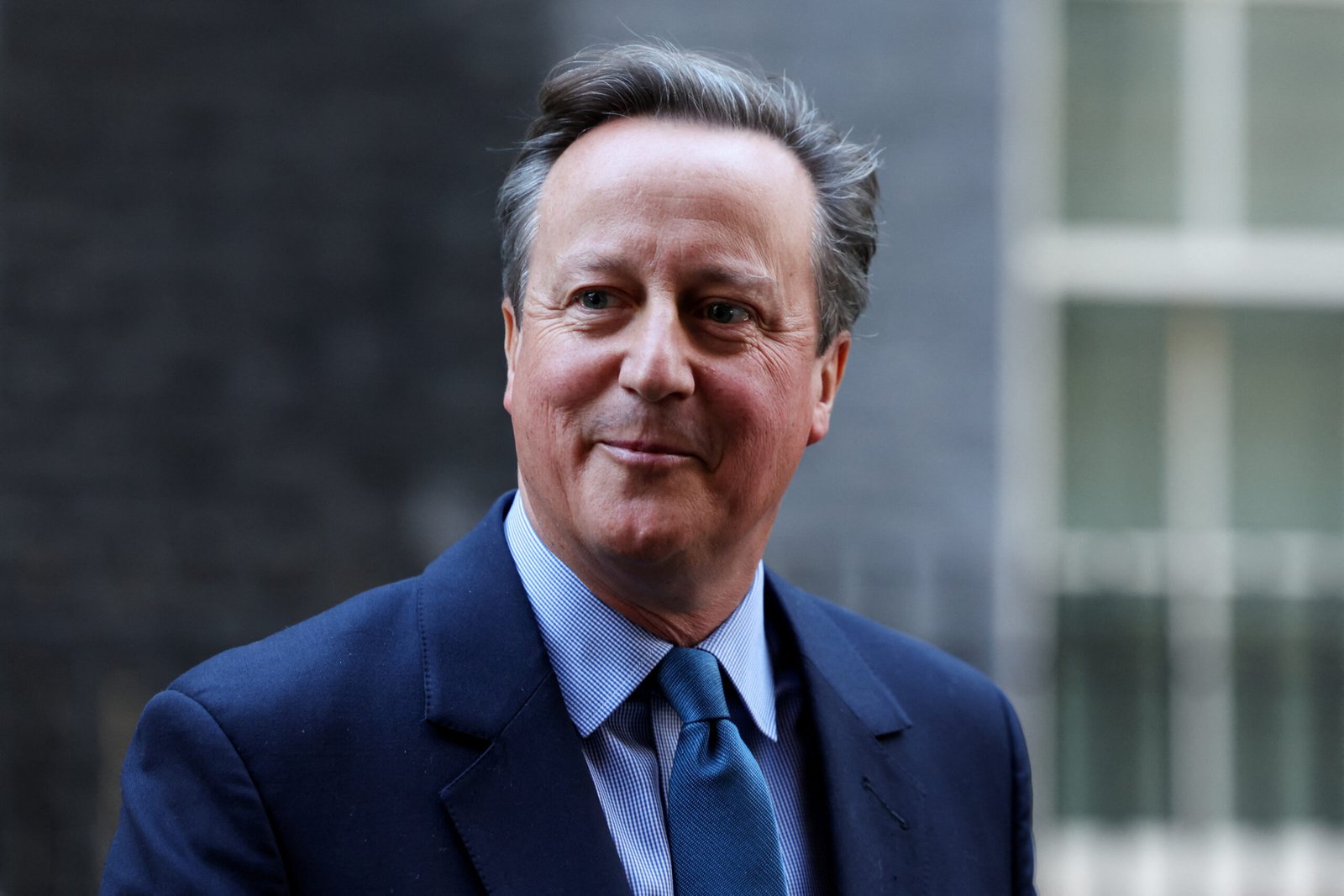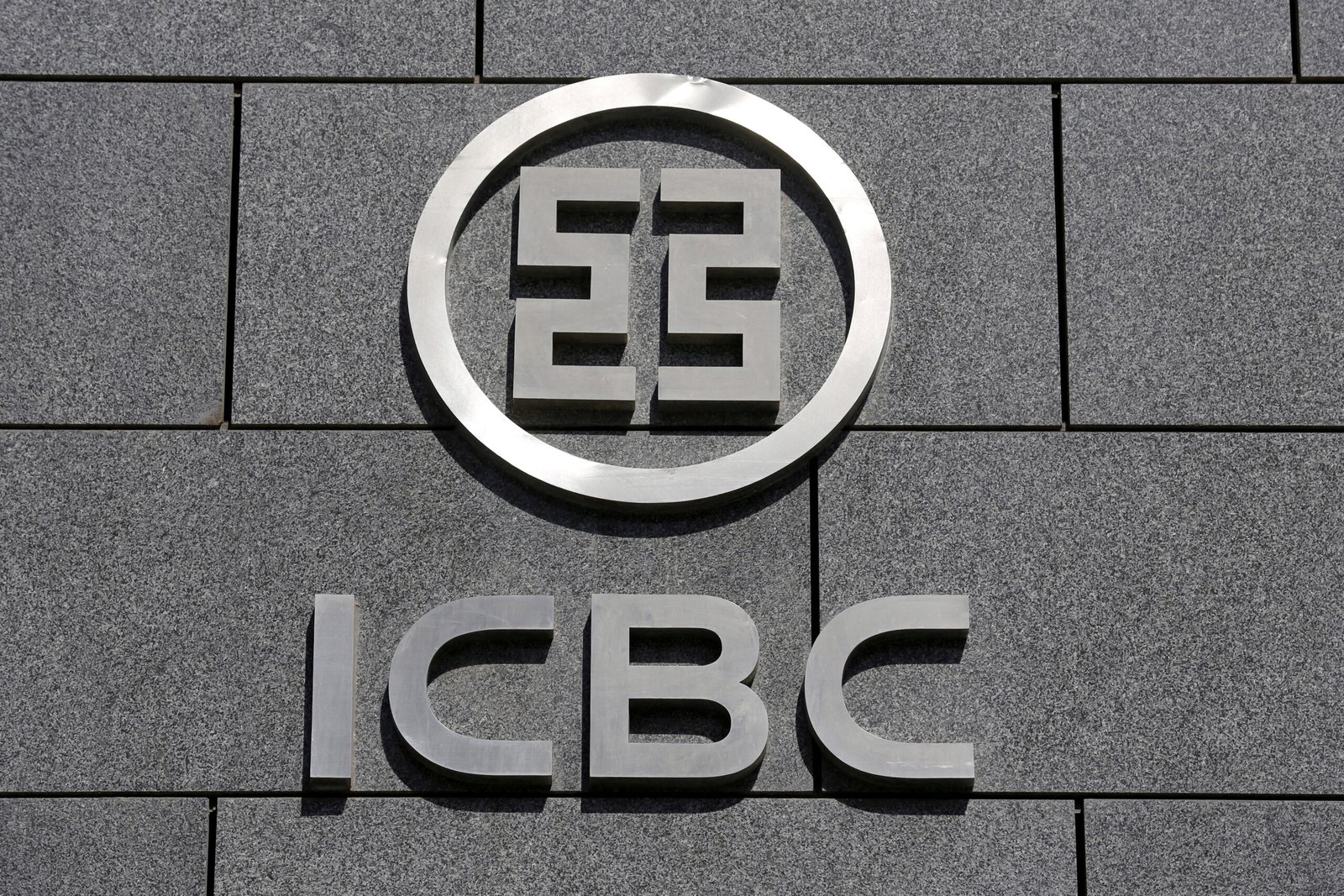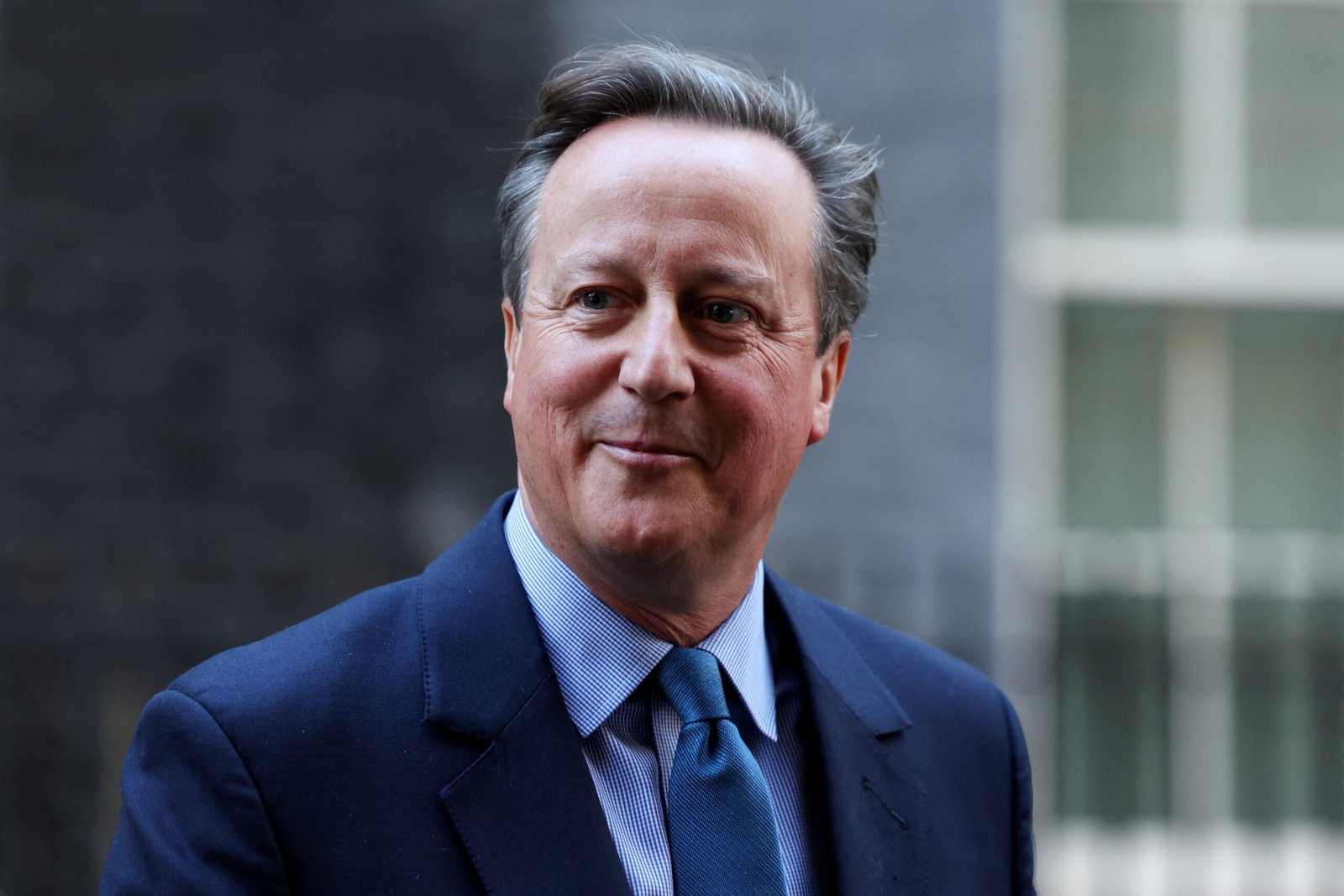The Trans-Pacific Partnership (TPP) began in 2003 between three countries: Singapore, New Zealand, and Chile. The TPP is meant to conduct trade liberalization laws and regulations with countries in the Asia-Pacific area. Shortly before the TPP concluded in 2006, Brunei was able to join. After watching much success between this new trade partnership, other countries started to get involved in the discussions and showed interest in joining TPP, including the United States, followed by Australia, Peru, Malaysia and Vietnam, Japan, Mexico, and Canada. On December 10th of 2013, there were hints that the countries were close to completing the partnership.
There are numerous goals the countries involved in the TPP wish to accomplish. The primary one, though, is to introduce new conducts of trade between the countries and invest in each other, which they hope will lead to the Asia-Pacific region being more of a free trade area. In other words, this means that when a country takes on a new trade regulation of trade liberalization, that country will be opening their individual market without or rather lessened restrictions to the countries involved in the TPP. In addition, they are looking to do the following:
- Create new investment and trade opportunities for the various countries’ workers and businesses by assimilating tariffs and barriers to goods and services trade and investment
- Establish checks and balances between the countries a part of the TPP, over the development of production and supply chains
- Promote individual and sustainable growth in the various countries, create jobs, raise living standards, and improve the welfare numbers
- Promote trade and investment of new, innovative products and services
- Provide a livable document in order to update the TPP agreement as necessary and as the partners see fit, in order to address trade issues that come up in the future
When President Obama took office, he made the TPP his trade policy for the Asia-Pacific region. With 34% of the overall US trade coming from the countries involved in the TPP, there was much pressure from the Democrats, amongst others, to push this trade policy. The Obama Administration believes it could potentially help the US economy simply by the amount of trade and investment that is possible. The Peterson Institute did a study about the TPP and determined that the “TPP agreement provides global income benefits of an estimated $223 billion per year, by 2025,” and goes on to state that “The TPP could generate an estimated $305 billion in additional world exports per year, by 2025, including an additional $123.5 billion in U.S. exports.”
There are numerous statistics out there that deal with dollar amounts and how it could possibly effect the economy. However, there are also some controversies that have been brought up by many. During the negotiations process, WikiLeaks released information about how this could affect the Intellectual Property Rights to individuals, specifically dealing with one’s freedom of speech, right to privacy and due process, and their ability to create new, innovative products. As it stands, there are no provisions protecting commercial trade in the US. The biggest controversy, though, is that the public has the amount of transparency that is basically non-existent in regards to the negotiations between the 12 countries. Some private corporations and entities alike have been receiving updates about the negotiations. The question remains, is this the Obama Administration’s doing? Or is this an agreement made by our elected politicians as to not receive backlash from the public and, in return hopefully, speed up the process?
As of October 4th, 2015 the 12 TPP Countries – Australia, Brunei Darussalam, Canada, Chile, Japan, Malaysia, Mexico, New Zealand, Peru, Singapore, The United States, and Vietnam – announced that they had concluded their negotiations. They all believe the TPP document holds a high standard, that it’s motivating and ambitious for all, and most importantly it is a balanced agreement that will promote economic growth for all.
In addition to there being 30 distinctive chapters, according to the Office of the United States Trade Representative, there are five features that make the TPP a historical agreement in the 21st century:
- “Comprehensive market access. The TPP eliminates or reduces tariff and non-tariff barriers across substantially all trade in goods and services and covers the full spectrum of trade, including goods and services trade and investment, so as to create new opportunities and benefits for our businesses, workers, and consumers.
- Regional approach to commitments. The TPP facilitates the development of production and supply chains and seamless trade, enhancing efficiency and supporting our goal of creating and supporting jobs, raising living standards, enhancing conservation efforts, and facilitating cross-border integration, as well as opening domestic markets.
- Addressing new trade challenges. The TPP promotes innovation, productivity, and competitiveness by addressing new issues, including the development of the digital economy and the role of state-owned enterprises in the global economy.
- Inclusive trade. The TPP includes new elements that seek to ensure that economies at all levels of development and businesses of all sizes can benefit from trade. It includes commitments to help small- and medium-sized businesses understand the Agreement, take advantage of its opportunities and bring their unique challenges to the attention of the TPP governments. It also includes specific commitments on development and trade capacity building, to ensure that all parties are able to meet the commitments in the Agreement and take full advantage of its benefits.
- Platform for regional integration. The TPP is intended as a platform for regional economic integration and designed to include additional economies across the Asia-Pacific region.”
As much as some may want it to take effect immediately, unfortunately due to the various countries political reigns, it cannot. It will have to be approved by not only Congress but also the other countries’ legislatures. Until then, society will await in anticipation to see what the TPP fully has in store, and what its true colors will be.
Image via Flickr/Flazingo Photos



